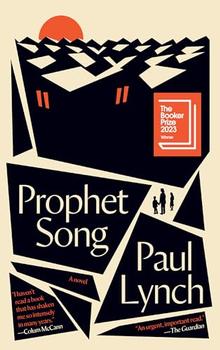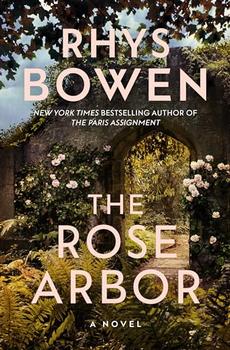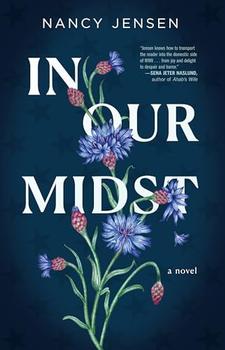Summary | Excerpt | Reviews | Beyond the Book | Readalikes | Genres & Themes | Author Bio

A Journey Through The World of Diamonds, Deceit, and Desire
by Tom Zoellner
Chapter One
Dying Stars
Central African Republic
They had come across the river that morning, he said, as he took
the stones from his pocket.
He set them in a line on the patio table. They looked melted and
yellowish, as if someone had put them to a blowtorch. The smuggler and his three
friends studied me as I held one up to the sunlight and tried to peer into it.
We’re going to have to make this quick, said the man who owned
the house. The police could come in, and then we’d all be in jail. He smiled
vaguely at this thought. Across the alley, birds roosted in the broken-out
window frames of a government building.
The smuggler watched me handle the rock. He said something in
French to his friends. One of them tapped out a quick rhythm in his hand with
the butt of his cell phone. Another glanced at the door to the alley and
fingered the edge of the jacket he wore, even though it was a warm day.
You brought these from the Congo? I asked.
Today, he said. In a wooden canoe rowed over to Bangui. The mine
itself was several hundred kilometers away, down a road into the jungle. I
looked again at the dull yellow octahedron, wondering about its history,
pretending I knew what I was looking at.
He is wondering who you really are, said the man who owned the
house.
The smuggler placed the stones in the middle of a bank note,
carefully folded it into a square, and made it disappear into his pants pocket.
All four of them stared at me with flat eyes.
There are more where these came from? I asked.
Oh yes, I was told. Hundreds more. Thousands more.
Now: did I want to buy?
No. I have bought only one in my life. It was three years ago in
California, over an ammonia-washed glass countertop. I was planning to ask my
girlfriend, Anne, to marry me and was full of ever-deepening love. Jacqueline,
the Asian woman behind the counter, showed me a series of stones, which she
poured out of individual manila envelopes and set in a line. I peered at them
all under a jeweler’s loupe, as if I knew what I was looking at, and listened as
Jacqueline explained the relative merits of each. She showed me the tiny angular
hearts that clustered around the bases, like the petals of a flower.
There was one stone a bit clearer than the rest, slightly over a
carat, and we haggled over the price a bit before I decided to buy it.
Jacqueline fitted it into a Tiffany setting and I picked it up a week later. The
stone was held aloft over the band in gold supports, like a preacher in his
pulpit. I admired its sparkle. Jacqueline called it "the firing." I was then two
weeks away from giving the ring to Anne on a precipice of land that overlooked
the Golden Gate Bridge through a tunnel of cypress. This was to be a moment I
had dreamed of since I was old enough to understand there was something special
about girls.
Where did it come from? I asked her, just to say something. I
was privately marveling at writing the biggest check of my life.
I don’t know, she said.
Is there any way to tell? I asked.
Not really, she said. Probably Africa. That’s where they all
come from.
The place to go if you really want to see how some make their
way to America is a nation called the Central African Republic. It is a
landlocked crescent of ochre-colored earth about the size of Texas at the
geographic heart of Africa. To fly over it at night is to fly over a carpet of
complete darkness except for the occasional small cooking fire flickering up
through the trees. There are no traffic signals, not a single mile of railroad
track, and almost no electric lights outside of the capital city of Bangui. The
nation is so poor that the government cannot pay its own employees any wages,
and uniformed soldiers routinely beg money from passersby. Butterflies alight on
the dirt roads and broad jungle leaves, and some locals try to make money by
ripping the colorful wings off the butterflies and gluing them to paper to make
artwork.
Copyright © 2006 by Tom Zoellner






Tread softly because you tread on my dreams.
Click Here to find out who said this, as well as discovering other famous literary quotes!
Your guide toexceptional books
BookBrowse seeks out and recommends the best in contemporary fiction and nonfiction—books that not only engage and entertain but also deepen our understanding of ourselves and the world around us.